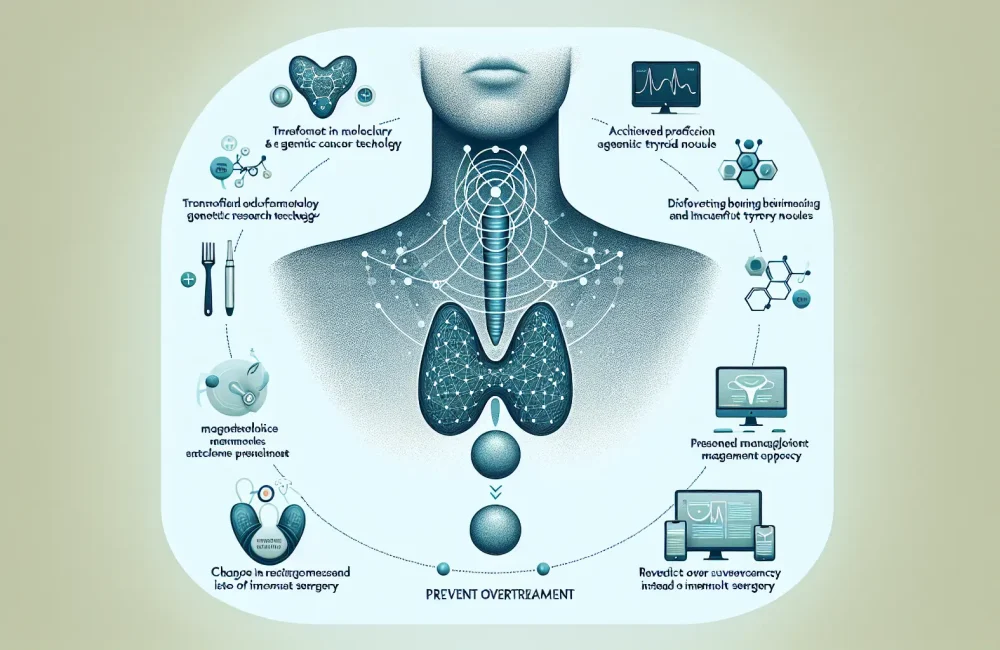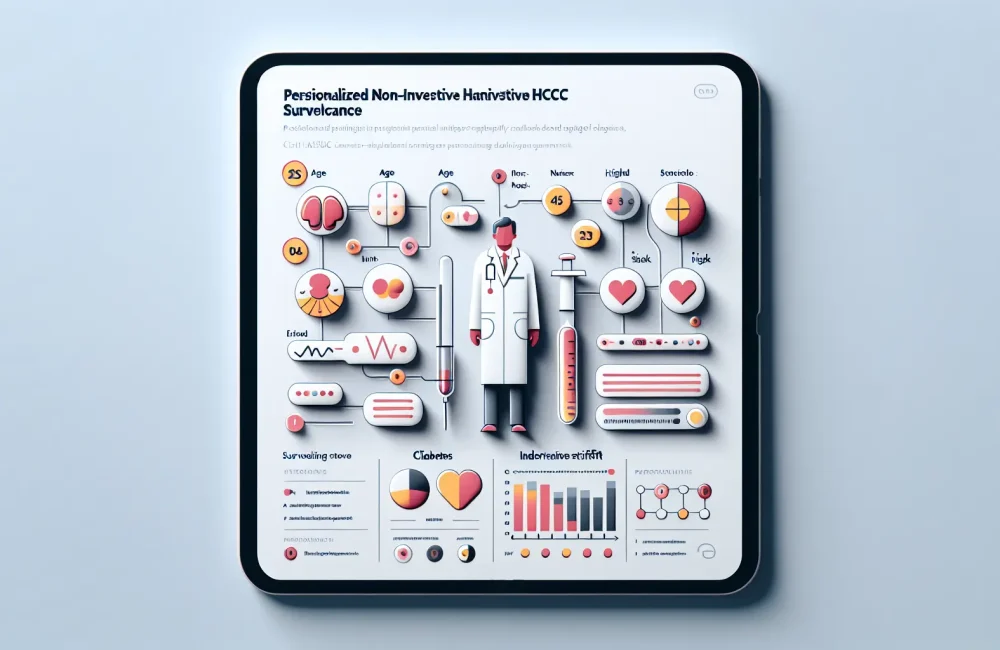By CAFMI AI From Nature Reviews Endocrinology
Correction Overview and Importance
The recent author correction to the international consensus statement on pediatric phaeochromocytoma and paraganglioma is a critical update ensuring the accuracy and reliability of the guidance provided to clinicians. Although the correction mainly addresses errors or clarifications in the original document, it reaffirms the importance of precise diagnostic and management strategies for these rare neuroendocrine tumors in children and adolescents. Such tumors, while uncommon, pose significant clinical challenges due to their complex presentation and potential for severe outcomes if not managed appropriately. The correction serves to strengthen confidence in the guidelines and underscores the necessity for ongoing scrutiny and refinement of clinical protocols to optimize patient care.
Key Clinical Implications of the Correction
The clinical implications of the author correction relate directly to the practical management of childhood phaeochromocytoma and paraganglioma. The original consensus statement provides extensive recommendations on diagnosis, genetic evaluation, surgical intervention, and long-term follow-up. The amendment clarifies specific diagnostic criteria and management nuances, which are crucial for tailoring care to pediatric patients. For example, recognizing the distinctive features of these tumors in children versus adults can influence screening protocols, imaging choices, and biochemical tests. Additionally, the nuances in genetic testing highlighted in the correction aid clinicians in identifying hereditary syndromes associated with these tumors, facilitating early detection and familial counseling. Surgical management strategies updated or clarified reaffirm the need for multidisciplinary collaboration, emphasizing pediatric endocrinology, oncology, and surgery to optimize outcomes. The correction also ensures that follow-up intervals and surveillance methods remain aligned with the best current evidence, helping clinicians mitigate recurrence and monitor for malignancy effectively.
Integrating the Correction into Clinical Practice and Guidelines
Clinicians, especially those practicing in the United States, will find that the corrected consensus statement enhances the integration of evidence-based practices into routine care for pediatric patients with phaeochromocytoma and paraganglioma. The correction supports the adoption of standardized diagnostic pathways that include comprehensive biochemical screening and imaging tailored to children and adolescents. It also reinforces the significance of genetic counseling and testing, given the high prevalence of hereditary forms in younger populations. Moreover, the clarification in management protocols aids in surgical decision-making and postoperative care, which are pivotal for reducing complications and improving long-term prognosis. From a guideline perspective, this correction aligns with evolving pediatric oncology and endocrinology frameworks and informs primary-care workflows by highlighting when referral to specialized centers is critical. Counseling points for families, including symptom recognition and genetic risk, are emphasized to aid in early diagnosis and ongoing patient monitoring. Overall, the corrected consensus statement is a valuable resource that promotes precision medicine approaches, ensuring clinicians are equipped to deliver tailored, high-quality care to children and adolescents affected by these rare but impactful tumors.
Read The Original Publication Here






